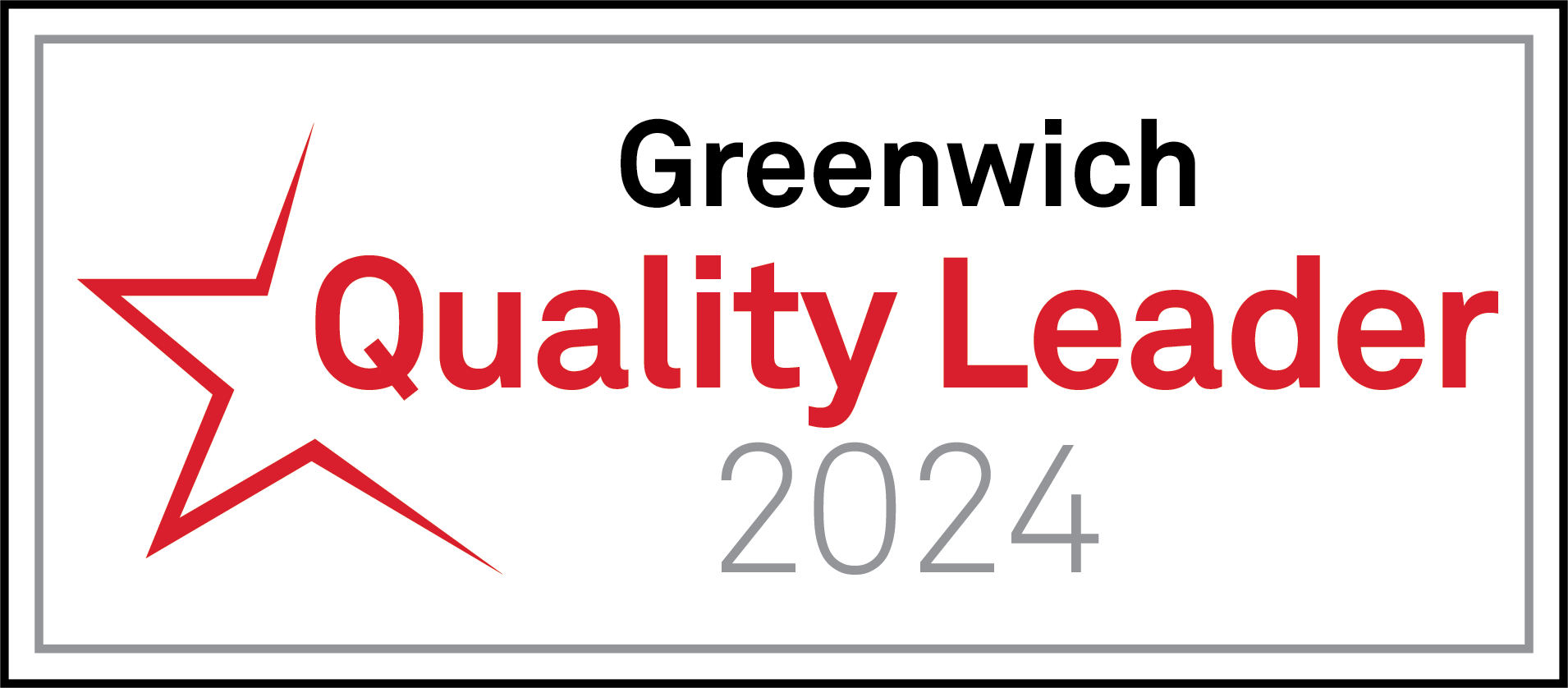Please read the following terms and conditions carefully. By accessing rbcgam.com and any pages thereof (the "site"), you agree to be bound by these terms and conditions as well as any future revisions RBC Global Asset Management Inc. ("RBC GAM Inc.") may make in its discretion. If you do not agree to the terms and conditions below, do not access this website, or any pages thereof. Phillips, Hager & North Investment Management is a division of RBC GAM Inc. PH&N Institutional is the institutional business division of RBC GAM Inc.
No Offer
Products and services of RBC GAM Inc. are only offered in jurisdictions where they may be lawfully offered for sale. The contents of this site do not constitute an offer to sell or a solicitation to buy products or services to any person in a jurisdiction where such offer or solicitation is considered unlawful.
No information included on this site is to be construed as investment advice or as a recommendation or a representation about the suitability or appropriateness of any product or service. The amount of risk associated with any particular investment depends largely on the investor's own circumstances.
No Reliance
The material on this site has been provided by RBC GAM Inc. for information purposes only and may not be reproduced, distributed or published without the written consent of RBC GAM Inc. It is for general information only and is not, nor does it purport to be, a complete description of the investment solutions and strategies offered by RBC GAM Inc., including RBC Funds, RBC Private Pools, PH&N Funds, RBC Corporate Class Funds and RBC ETFs (the "Funds"). If there is an inconsistency between this document and the respective offering documents, the provisions of the respective offering documents shall prevail.
RBC GAM Inc. takes reasonable steps to provide up-to-date, accurate and reliable information, and believes the information to be so when published. Information obtained from third parties is believed to be reliable, but no representation or warranty, express or implied, is made by RBC GAM Inc., its affiliates or any other person as to its accuracy, completeness, reliability or correctness. RBC GAM Inc. assumes no responsibility for any errors or omissions in such information. The views and opinions expressed herein are those of RBC GAM Inc. and are subject to change without notice.
About Our Funds
The Funds are offered by RBC GAM Inc. and distributed through authorized dealers. Commissions, trailing commissions, management fees and expenses all may be associated with the Funds. Please read the offering materials for a particular fund before investing. The performance data provided are historical returns, they are not intended to reflect future values of any of the funds or returns on investment in these funds. Further, the performance data provided assumes reinvestment of distributions only and does not take into account sales, redemption, distribution or optional charges or income taxes payable by any unitholder that would have reduced returns. The unit values of non-money market funds change frequently. For money market funds, there can be no assurances that the fund will be able to maintain its net asset value per unit at a constant amount or that the full amount of your investment in the fund will be returned to you. Mutual fund securities are not guaranteed by the Canada Deposit Insurance Corporation or by any other government deposit insurer. Past performance may not be repeated. ETF units are bought and sold at market price on a stock exchange and brokerage commissions will reduce returns. RBC ETFs do not seek to return any predetermined amount at maturity. Index returns do not represent RBC ETF returns.
About RBC Global Asset Management
RBC Global Asset Management is the asset management division of Royal Bank of Canada ("RBC") which includes the following affiliates around the world, all indirect subsidiaries of RBC: RBC GAM Inc. (including Phillips, Hager & North Investment Management and PH&N Institutional), RBC Global Asset Management (U.S.) Inc., RBC Global Asset Management (UK) Limited, RBC Global Asset Management (Asia) Limited, BlueBay Asset Management LLP, and BlueBay Asset Management USA LLC.
Forward-Looking Statements
This website may contain forward-looking statements about general economic factors which are not guarantees of future performance. Forward-looking statements involve inherent risk and uncertainties, so it is possible that predictions, forecasts, projections and other forward-looking statements will not be achieved. We caution you not to place undue reliance on these statements as a number of important factors could cause actual events or results to differ materially from those expressed or implied in any forward-looking statement. All opinions in forward-looking statements are subject to change without notice and are provided in good faith but without legal responsibility.

